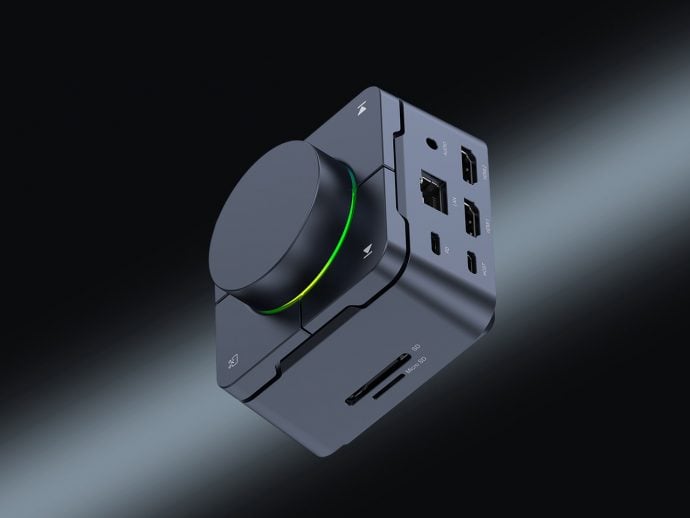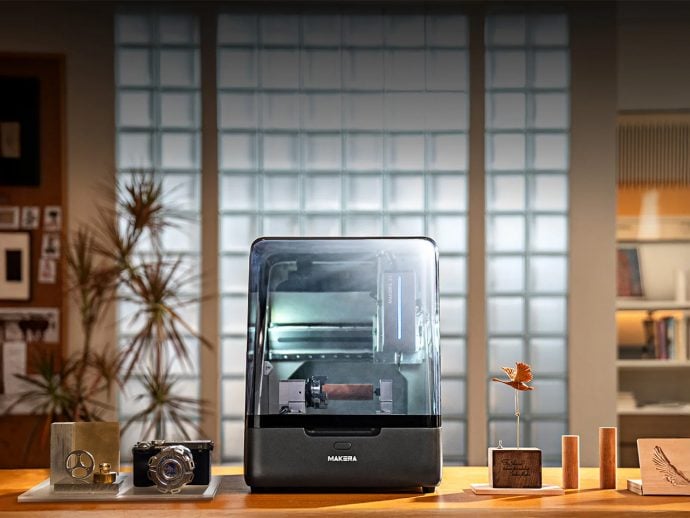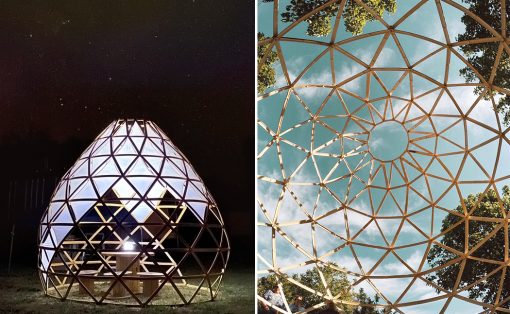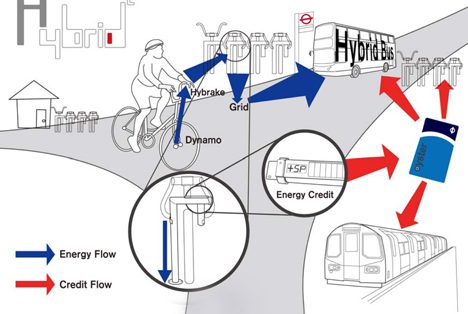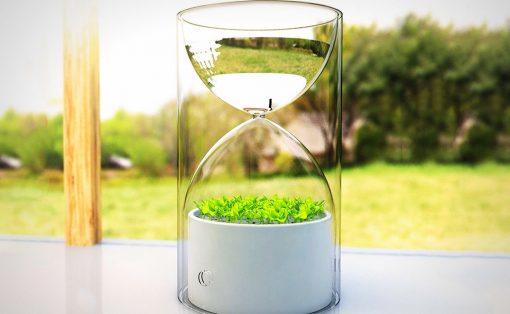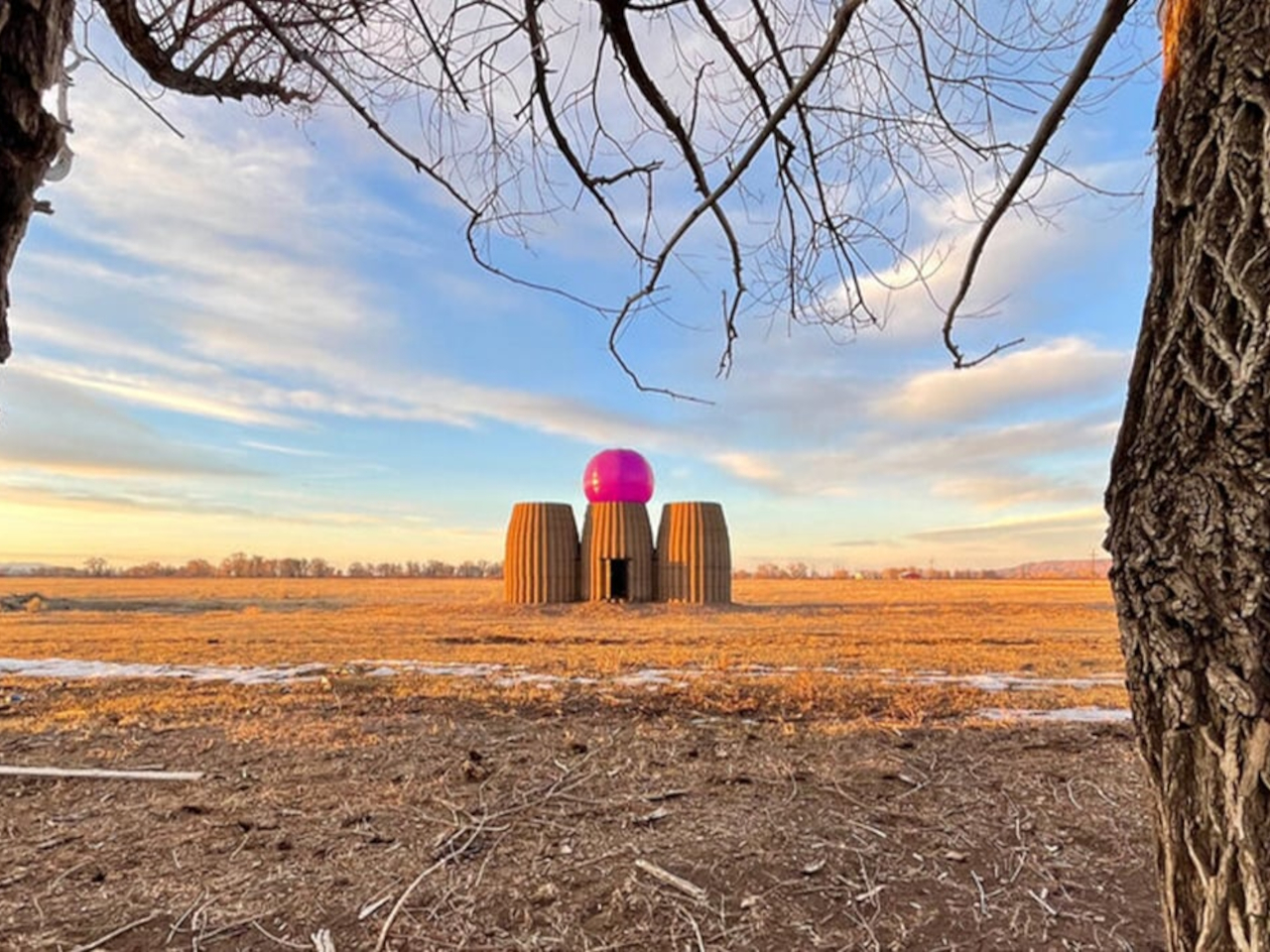
Earth-toned colors, inspired by nature, bring a harmonious, inviting, and organic feel to any space. From the hues of warm terracottas and bricks to the cool tones of natural stone, these colors create a soothing, grounded effect. By incorporating materials and hues that reflect the natural world, you can infuse your home with the tranquil and balanced essence of earthy tones. Here’s how to weave these colors and textures into architecture and interior design.
Designer: Emerging Objects
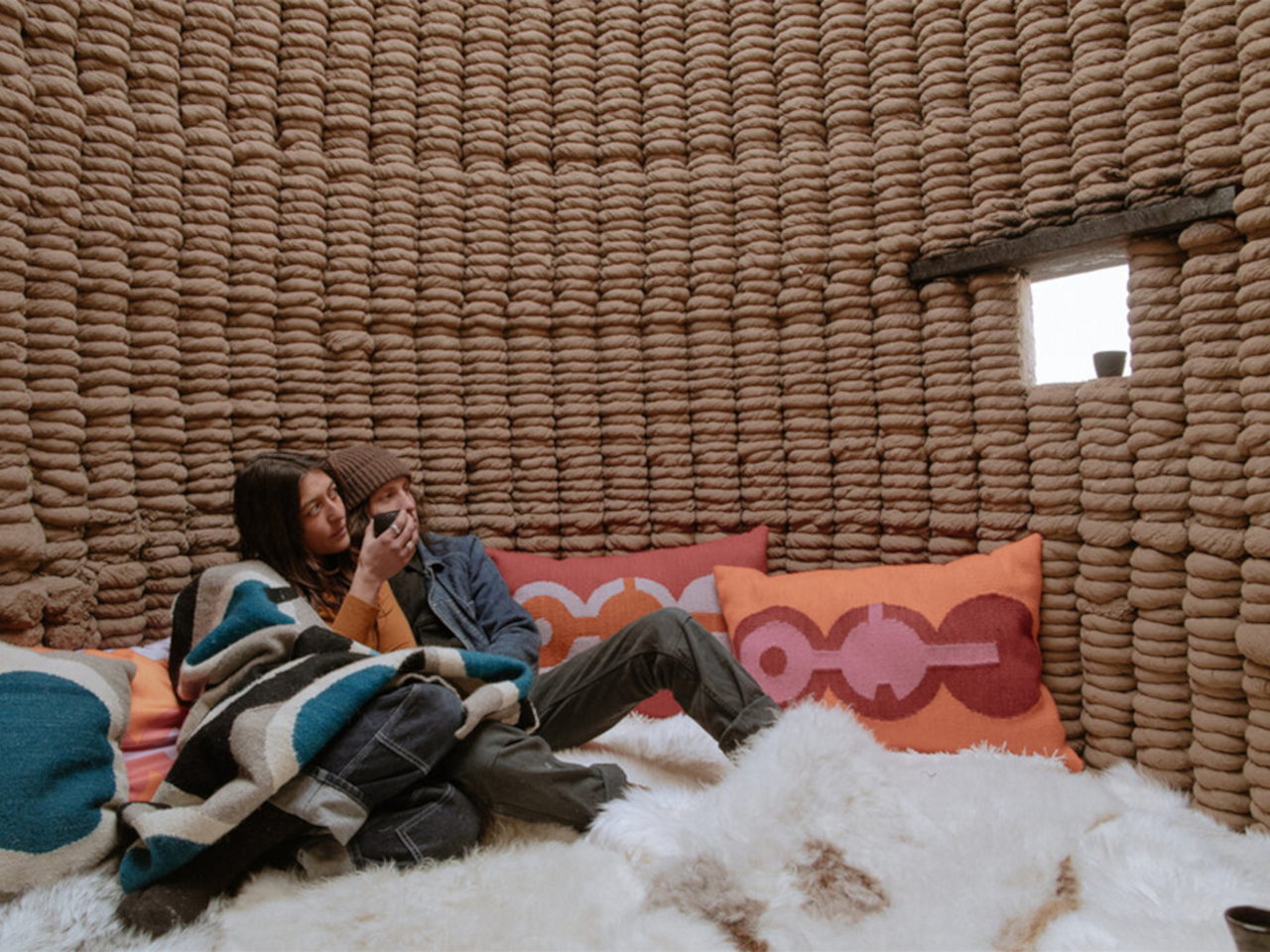
1. Rammed Earth Construction
Rammed earth brings a natural, warm aesthetic to a home with its rich, tactile texture, creating a beautiful connection with the environment. Its earthy tones blend effortlessly with natural materials, enhancing the organic look of a space. Additionally, rammed earth regulates the internal temperature and humidity and promotes a comfortable living environment.
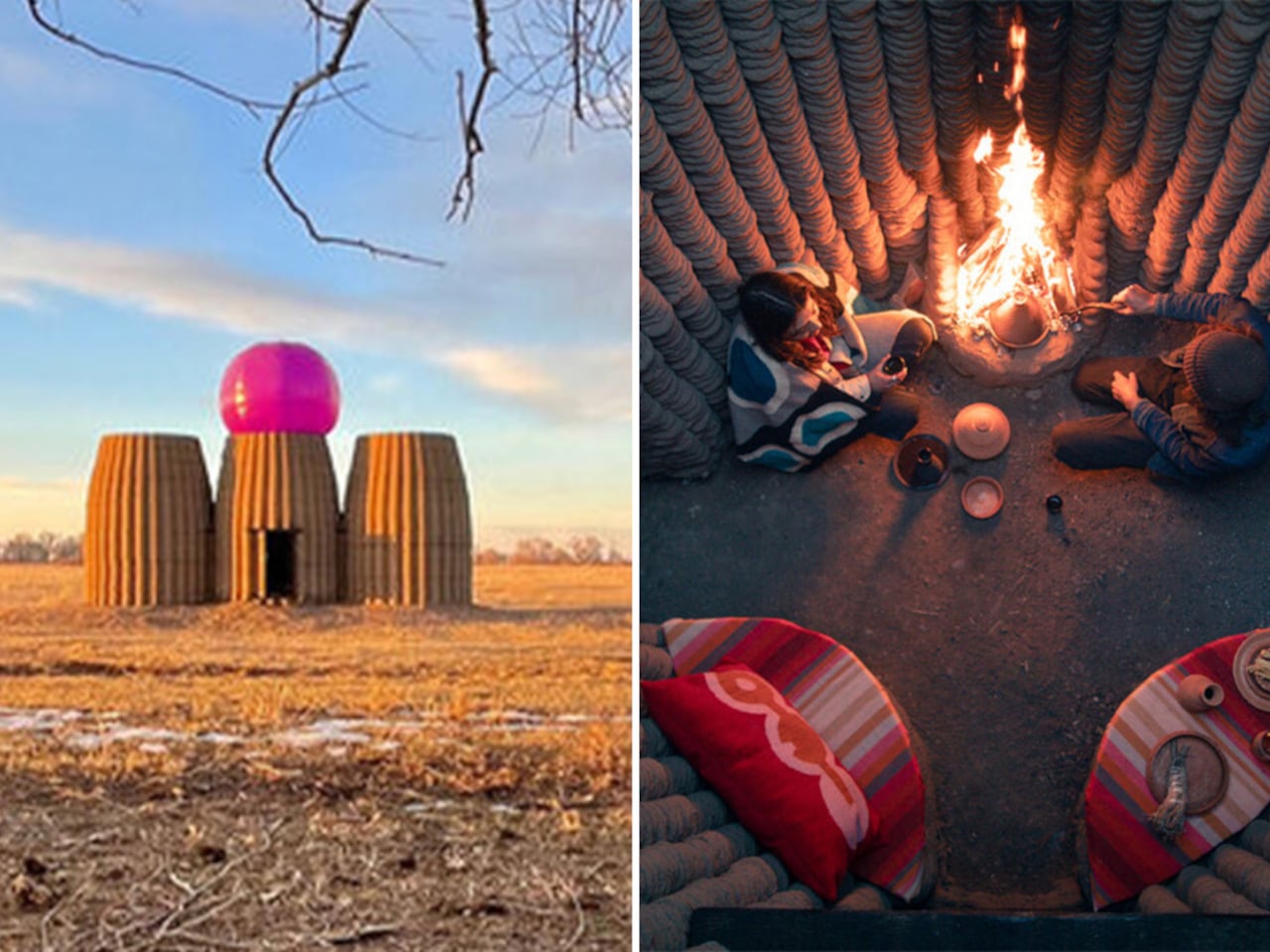
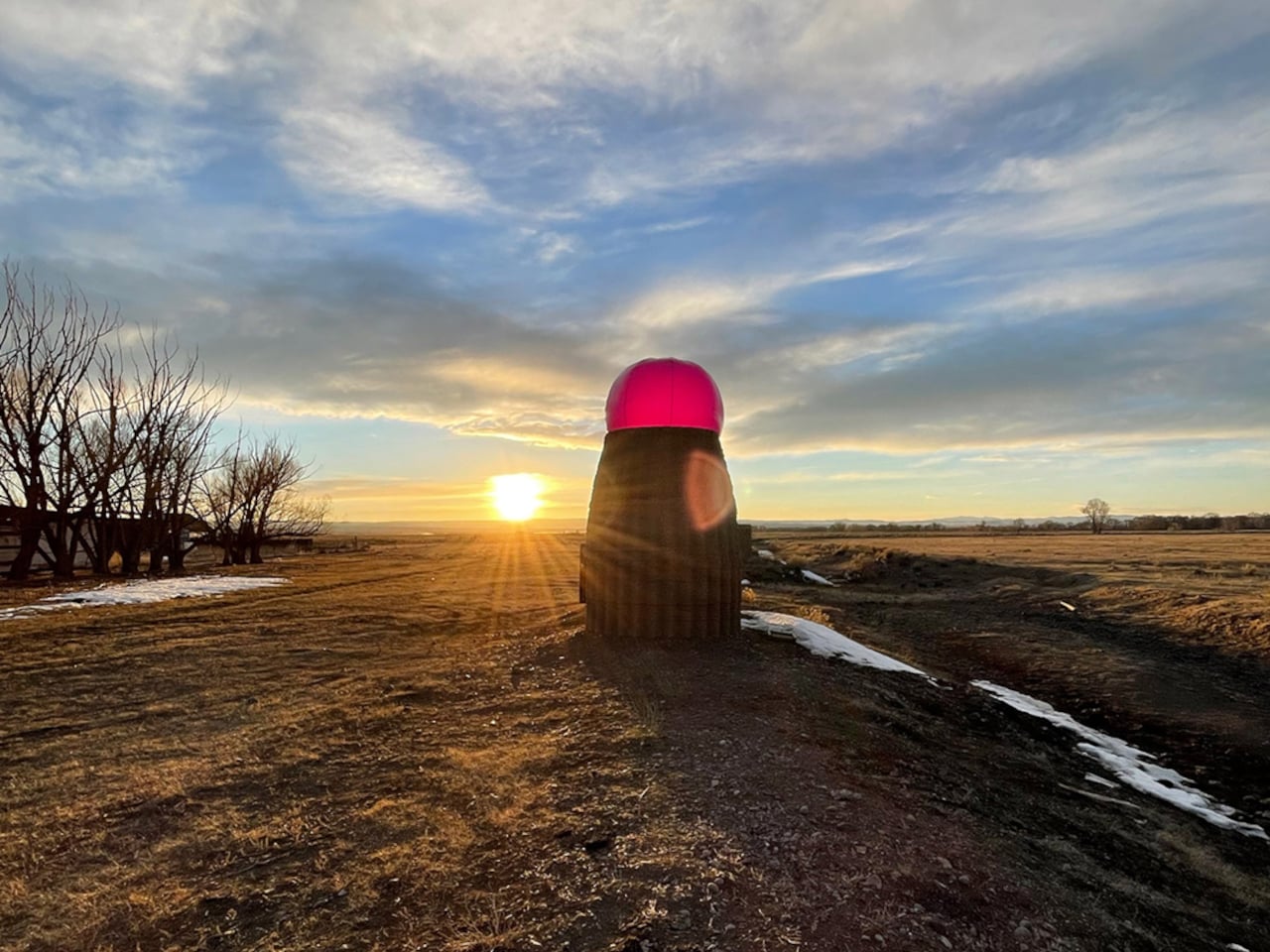
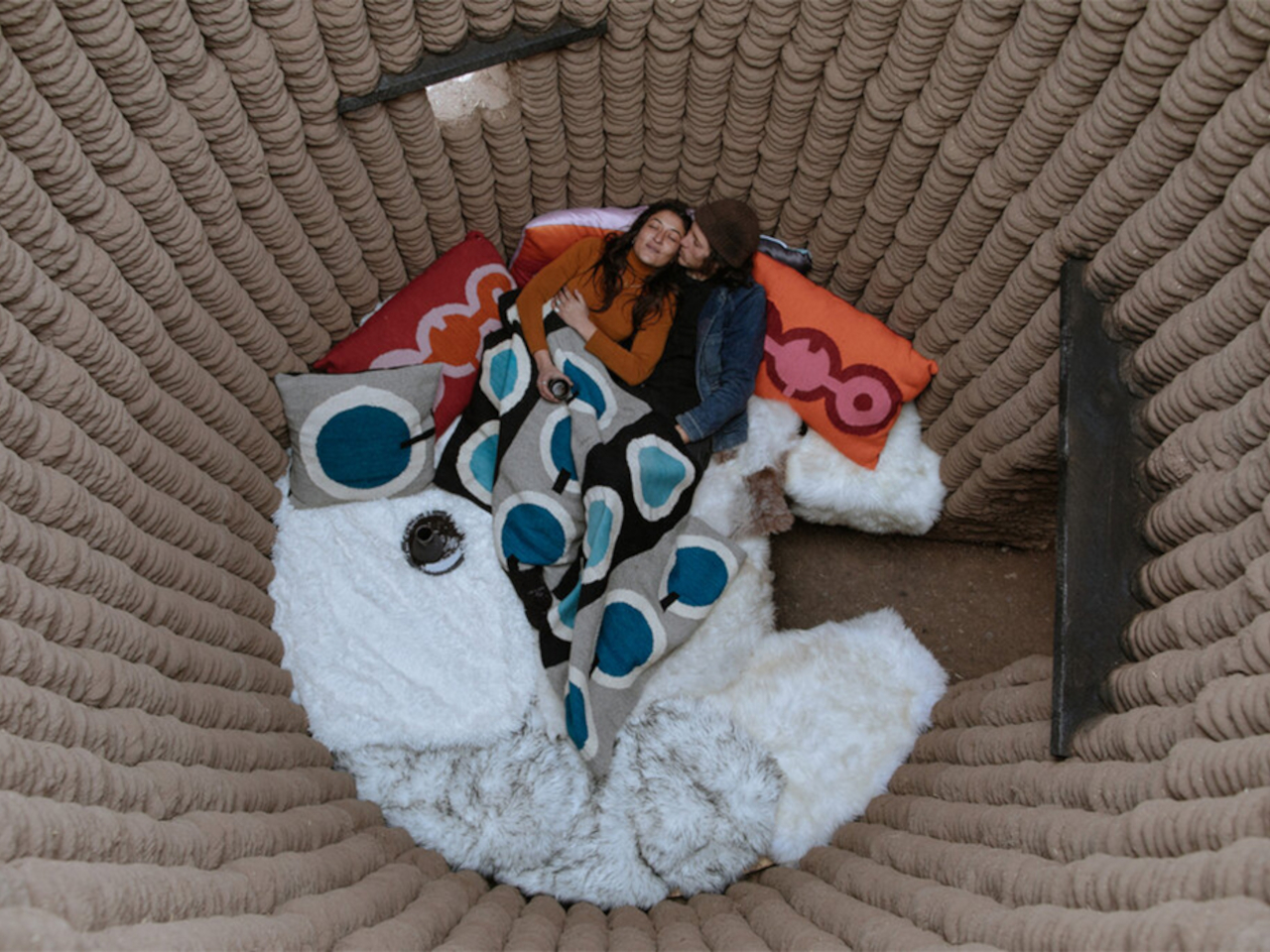
Casa Covida blends ancient earth-based construction techniques with modern 3D printing technology. Created by Emerging Objects in Colorado’s San Luis Valley, this prototype home uses a robotic arm to 3D-print a mix of sand, silt, clay, and water. The structure features a central space with a customizable inflatable roof, a sleeping area with beetle-kill pine furniture, and a bathing space with a metal tub surrounded by river stones. Named to reflect both the pandemic era and the concept of cohabitation, Casa Covida explores the synergy between traditional materials and contemporary tech, highlighting how ancient techniques can be revitalized with modern innovations.
2. Exposed Brick Design
The warm tones of brick, ranging from rich reds and oranges to muted grays, add a rustic vibe and tactile quality, enhancing the organic feel of both indoor and outdoor spaces.
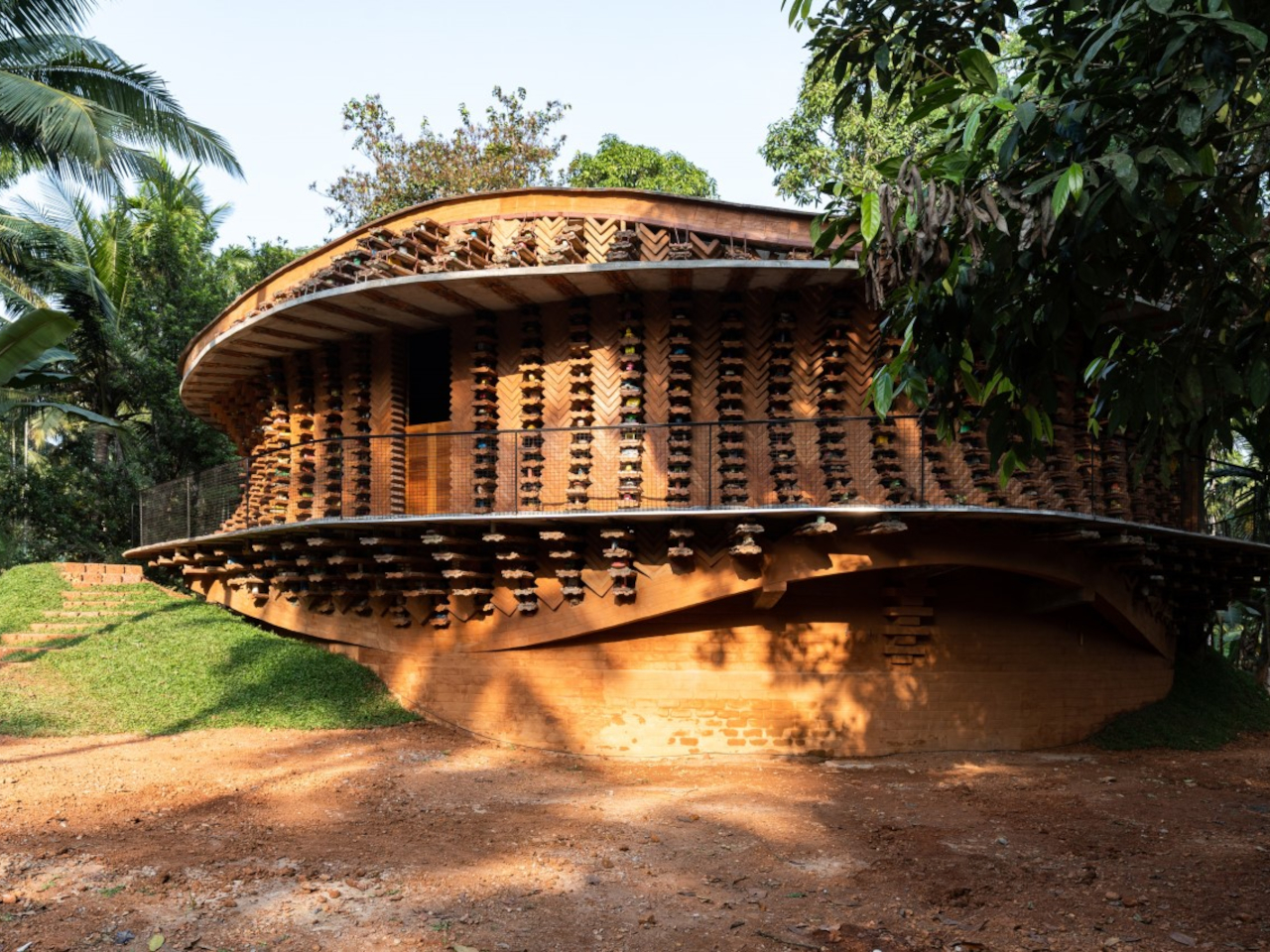
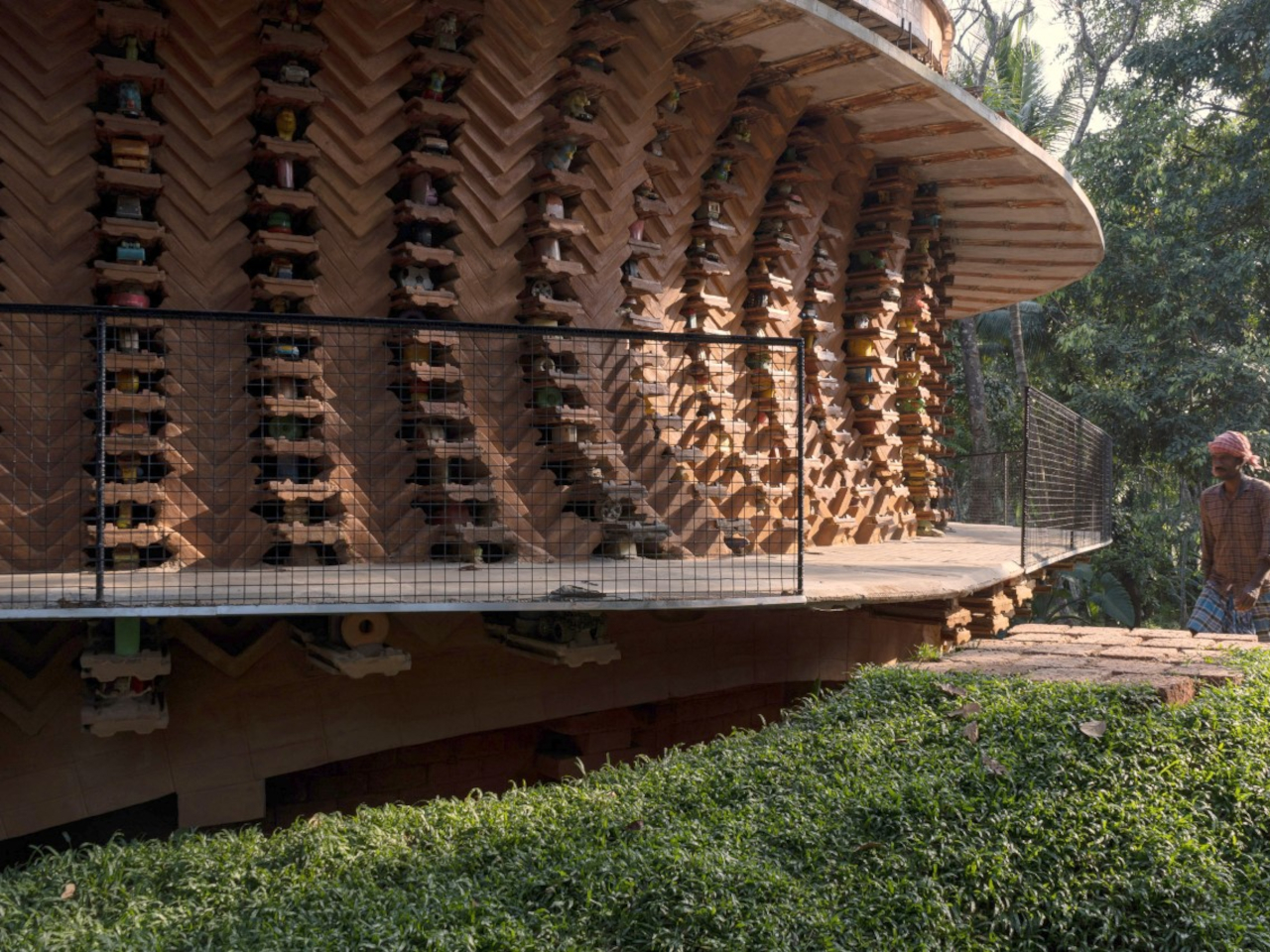
Designer: Wallmakers
Toy Storey, designed by Wallmakers in Kerala, India, is a circular home that ingeniously repurposes around 6,200 discarded toys as structural and decorative elements. The residence features a striking facade that integrates compressed stabilized earth blocks (CSEB), Mangalore tiles, and recycled toys in rich earthy tones. Its circular layout, central courtyard, and composite CSEB-Toy Jaali wall enhance ventilation and insulation, while a basement adds functional living space. Toy Storey blends tradition with modernity and challenges conventional architecture and consumption, celebrating sustainability and creativity with a nod to childhood nostalgia and environmental awareness.
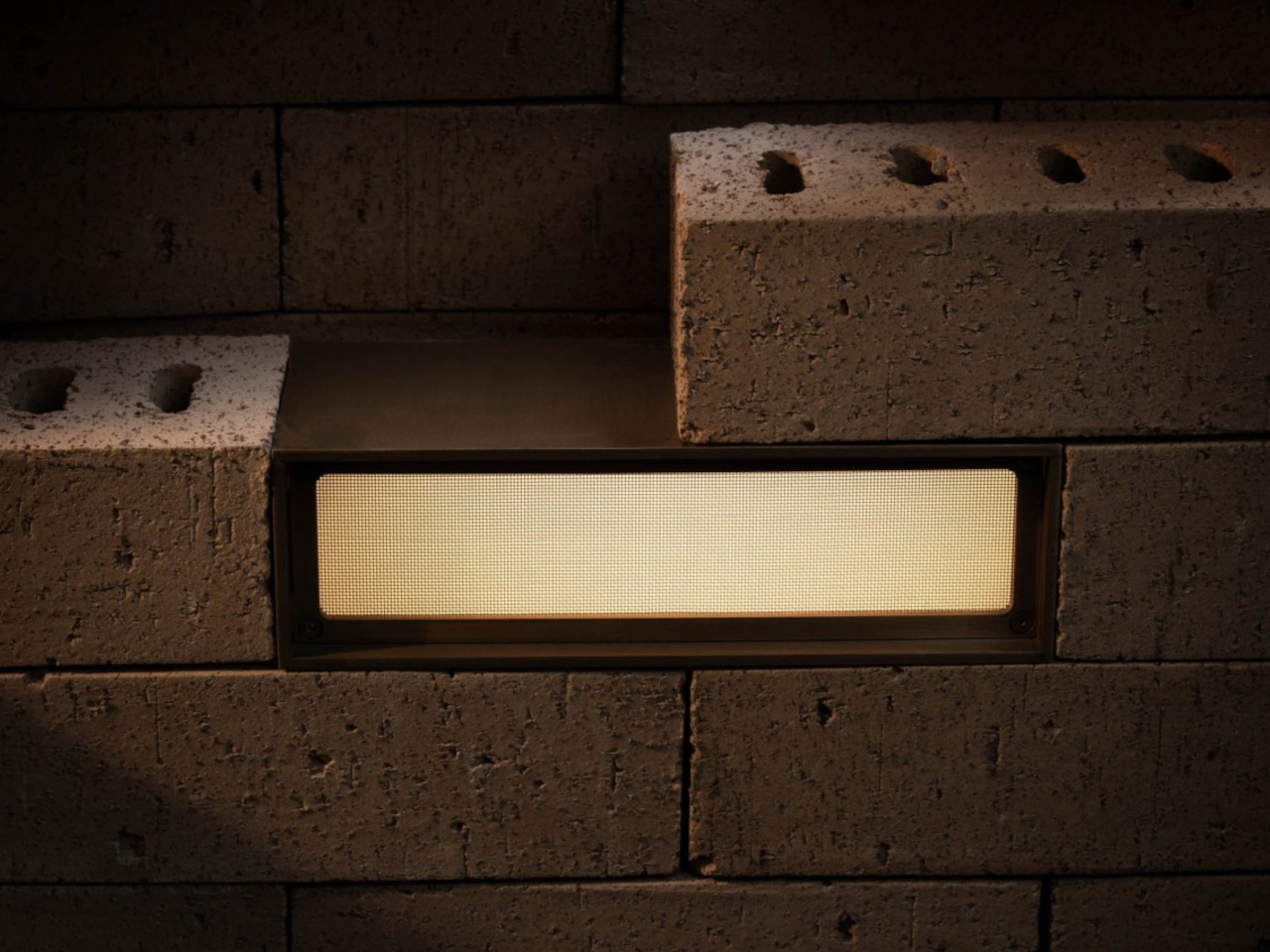
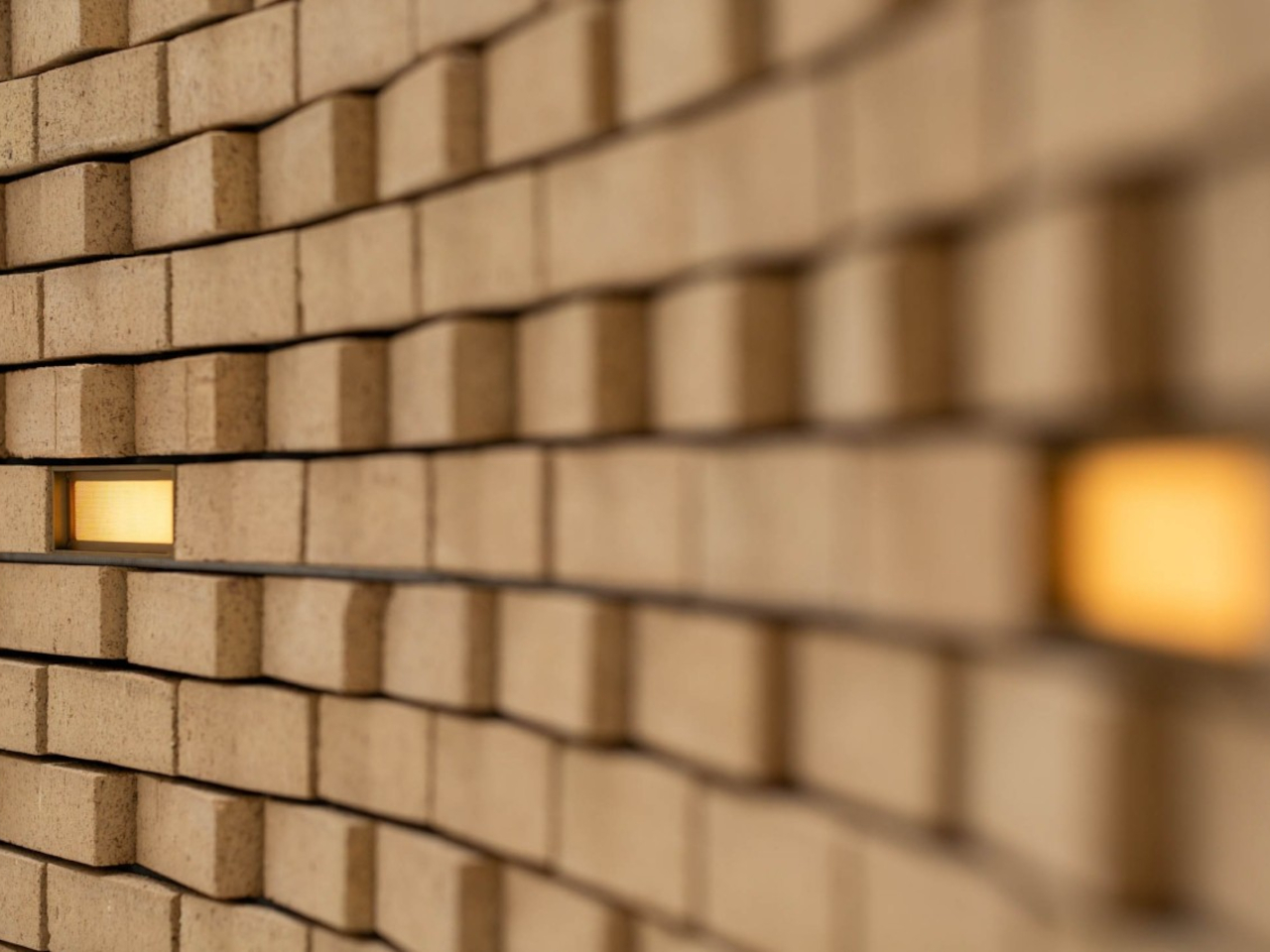
Designer: Omar Gandhi Architects, Filo Timo, Aaline
Wall lamps are mounted on walls to enhance the indoor or outdoor ambiance. Innovative designs like the OG Brick embed lights directly into the wall, creating a seamless effect with earthy hues that blend naturally with brick surfaces. Available in finishes like stainless steel, black powder-coated, and electroplated brown, these lights offer a warm, magical glow. The durable metal frame and color-matching mesh ensure that the lamps integrate effortlessly into their surroundings, adding style and subtle illumination to any space.
3. Integrate Wood
The warm tones of wood, from light beiges and honey to deep browns and rich reds, create a cozy, organic ambiance, while its grain patterns add a rustic feel to interior and exterior spaces.
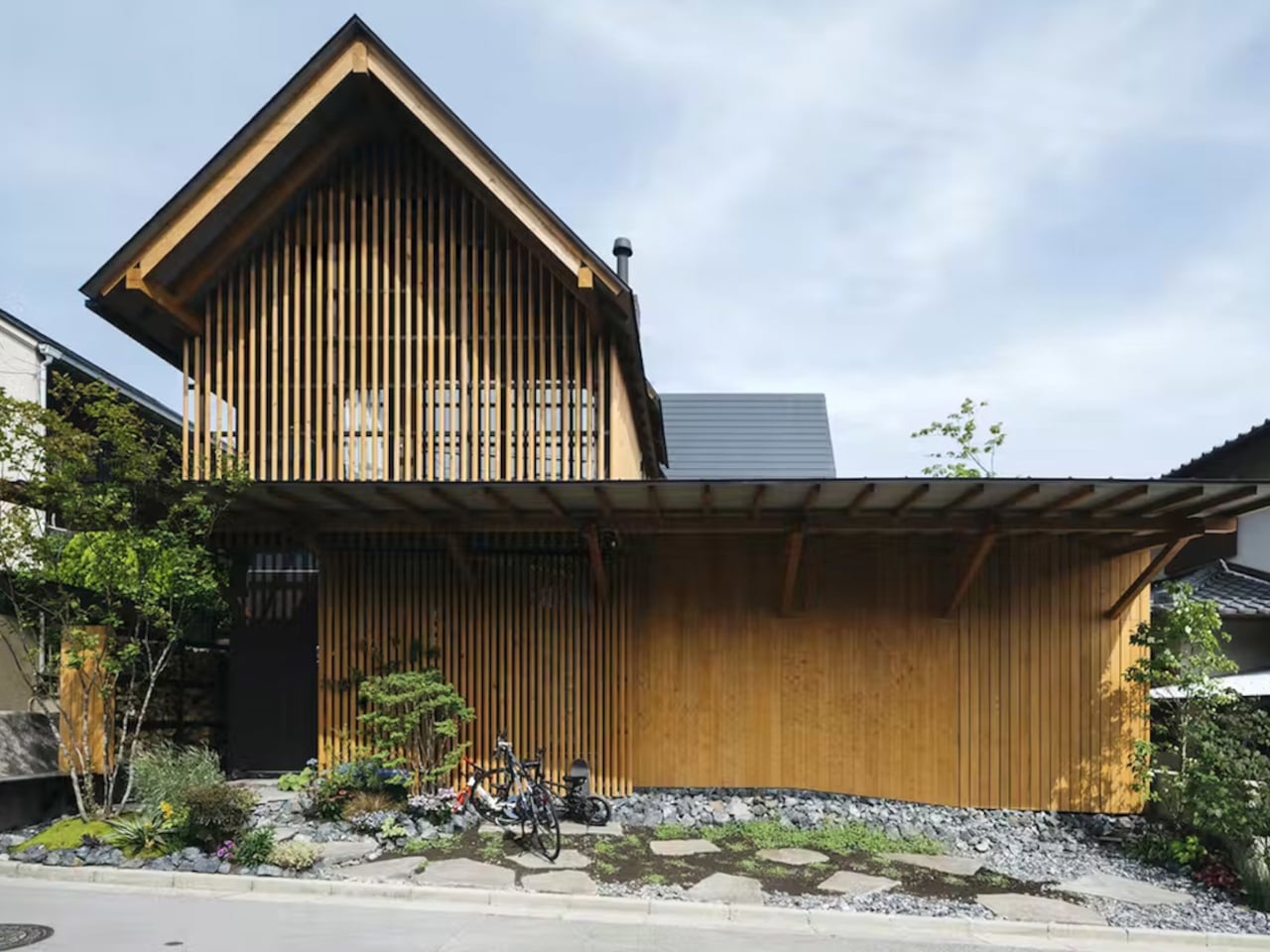
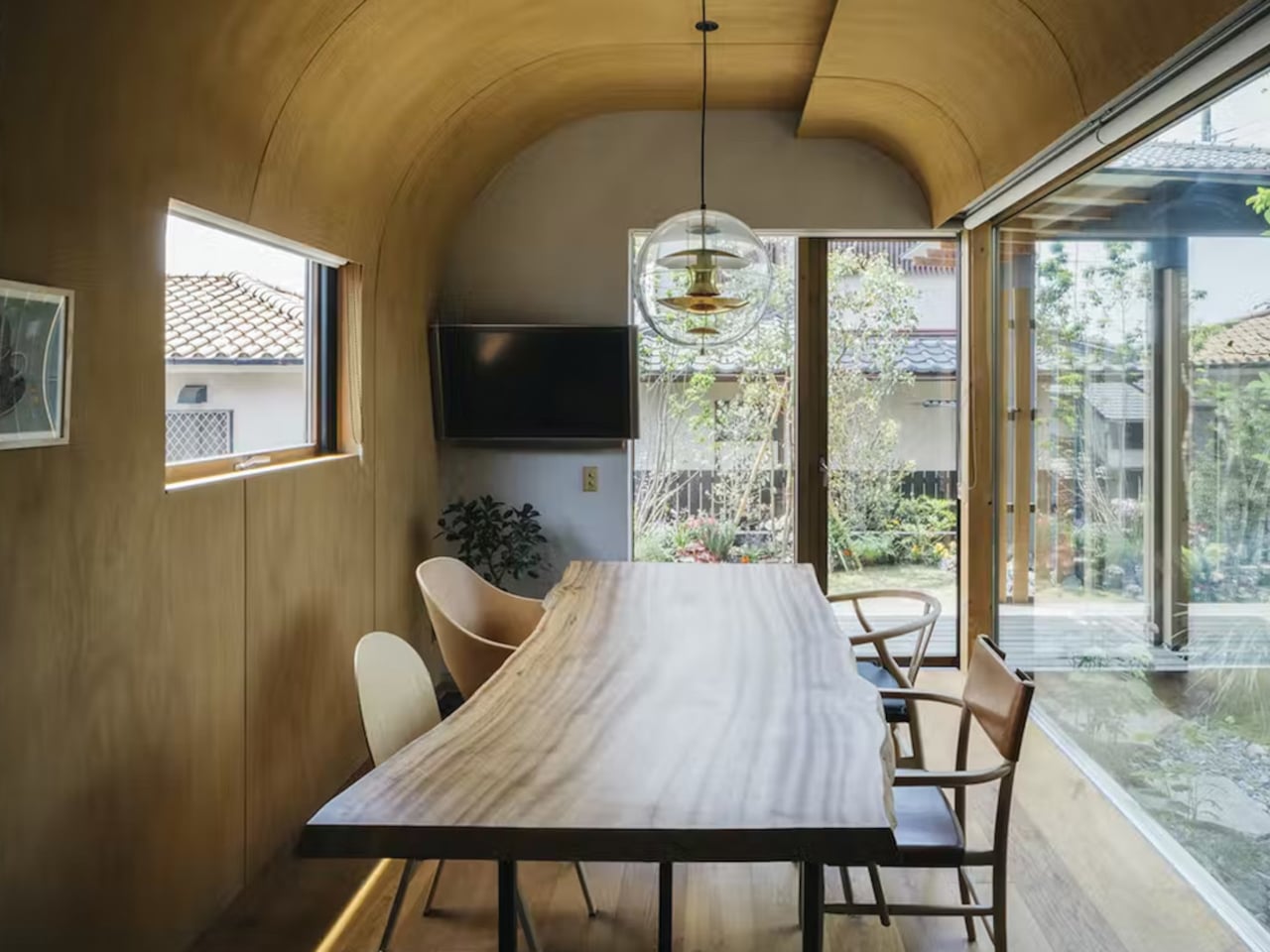
Designer: Atsushi Kawanishi Architects
Designed by Atsushi Kawanishi Architects, Nightingale House in Osaka is a wooden residence that seamlessly blends indoor and outdoor spaces. Covering nearly 1,400 square feet, it features six patios, three interior gardens, and two exterior gardens, with large windows and timber surfaces highlighting earthy tones. The home’s three triangular roofs complement the mountainous backdrop, while its warm, minimalistic design offers a tranquil, Japanese-inspired living experience.
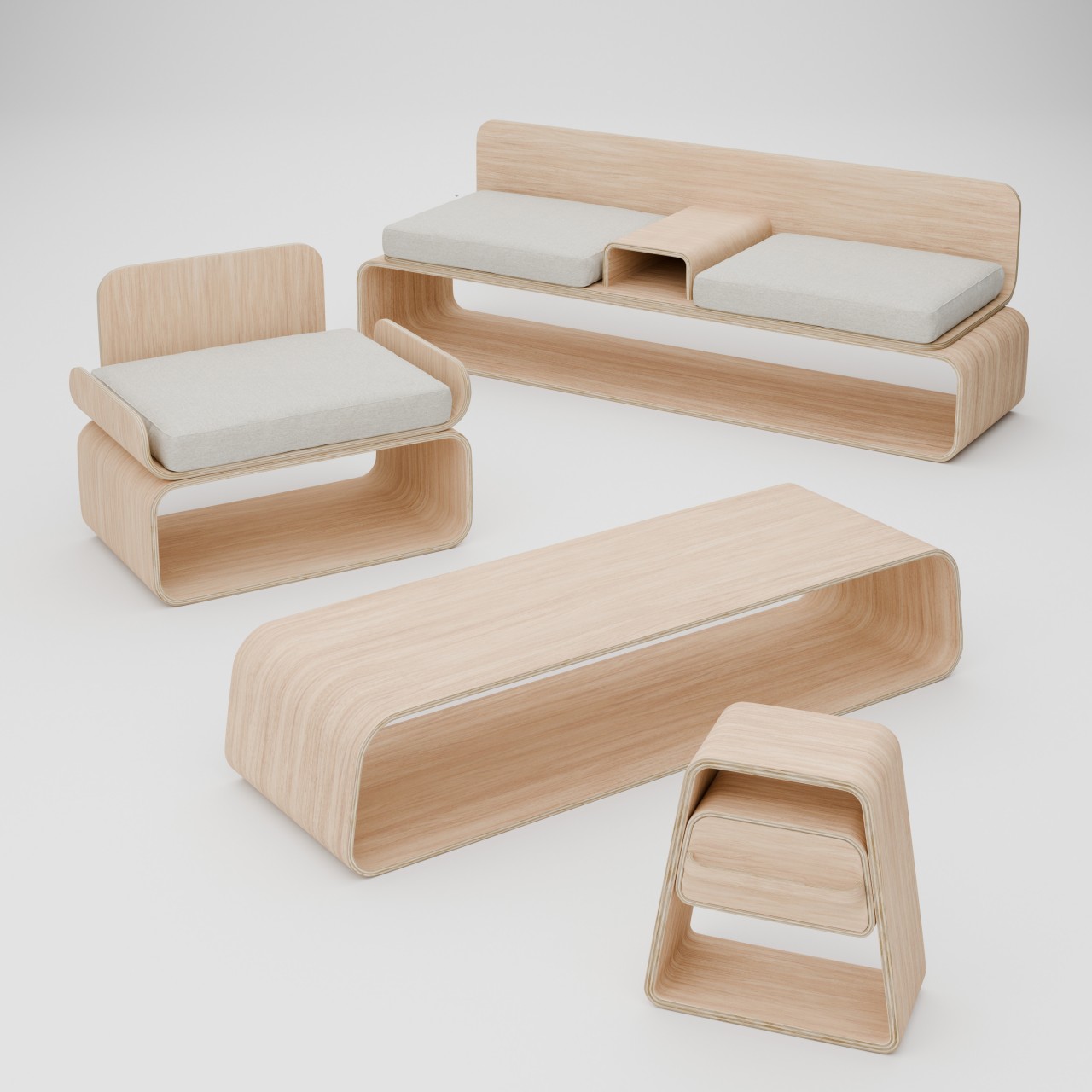
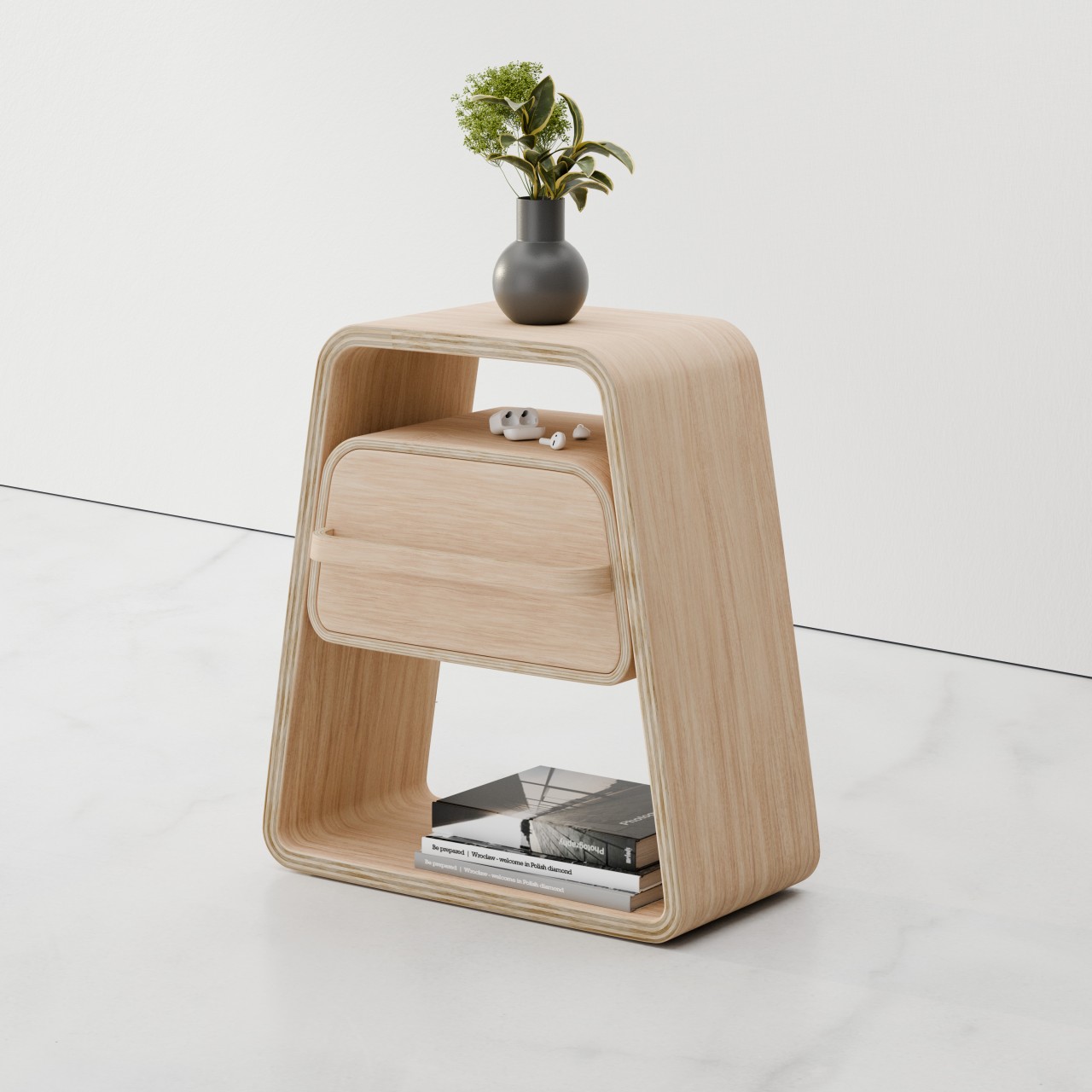
Designer: Julian Topor
The KURVE furniture collection maximizes space with minimalist, curved plywood designs that combine aesthetics with functionality. The KURVE chair features a backless, curved base made from a single sheet of plywood, while the KURVE Couch includes a central console and extra storage underneath. The KURVE table, a simple wooden trapezoid, is ideal for wall placement and organizing items like shoes and keys. The KURVE Night Stand, also a trapezoid, offers additional storage with a drawer positioned below the top. Each piece cleverly integrates storage into its design without complex mechanisms.
4. Use Natural Stone
Natural stone offers a diverse color palette and unique textures, with tones ranging from soft grays and beiges to rich browns and deep blues, creating an earthy, organic appearance. Its inherent patterns and variations, including veining, enhance its natural appeal and rugged charm.
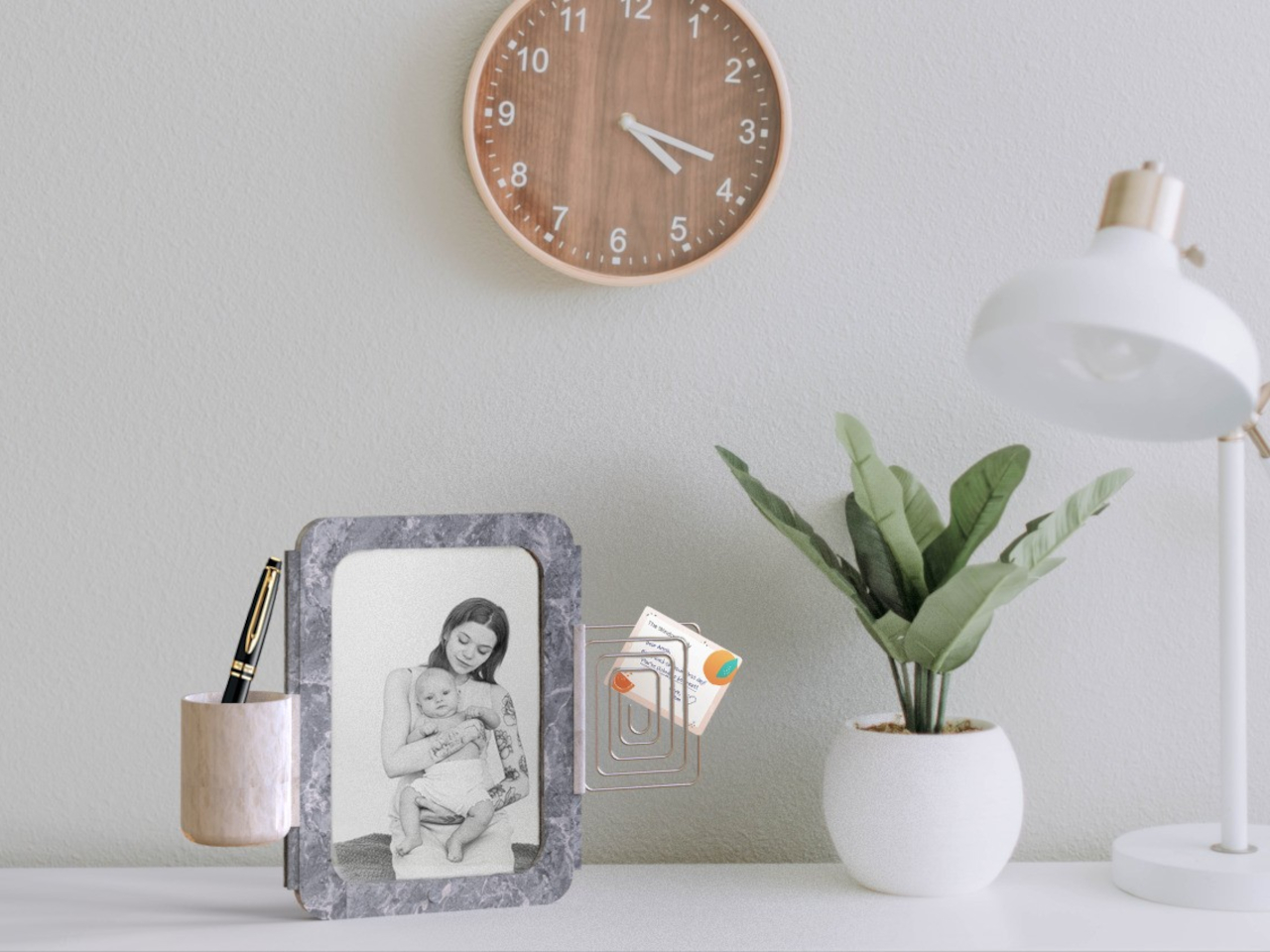

Designer: Burcu Nehir Tum
The MEMORABLE picture frame combines the timeless elegance of marble with versatile functionality in earthy hues. Its modular design features a rail system for attaching interchangeable modules such as a pen holder, vase, or note holder and allows for customized use. Marble’s unique patterns and durability provide both stability and a refined look. The frame supports two modules at a time and can be paired with additional frames for expanded display. While the rail system is limited to certain modules and its compatibility with landscape orientations is uncertain, the frame’s earthy tones and practical design add sophistication and organization to any desk.
5. Introduce Nature-Inspired Wall Colors
Earthy tones on the wall draw inspiration from soil, rock, and sky. These versatile and timeless colors provide a sophisticated look while fostering a connection to nature, creating a serene and harmonious environment.
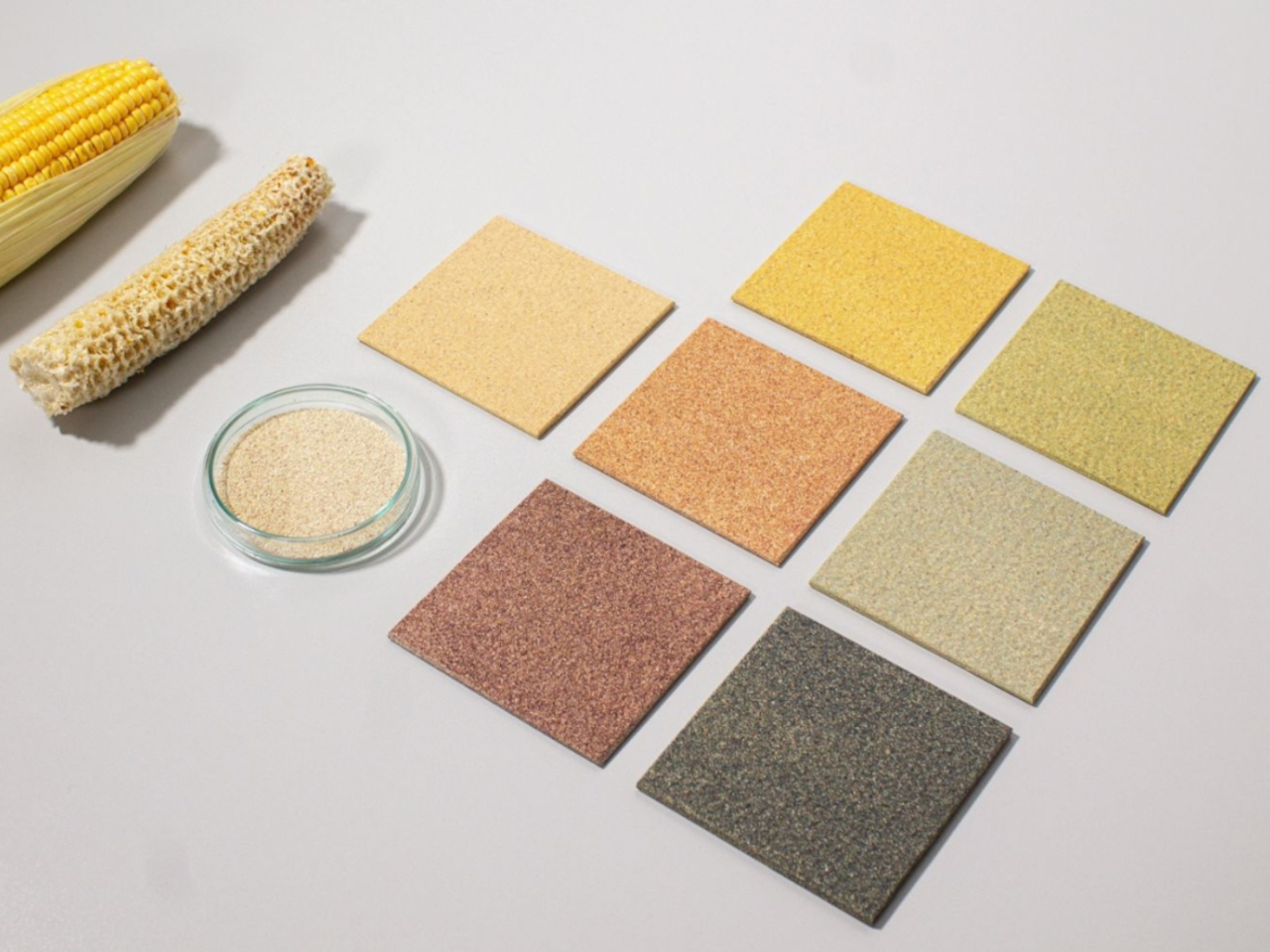
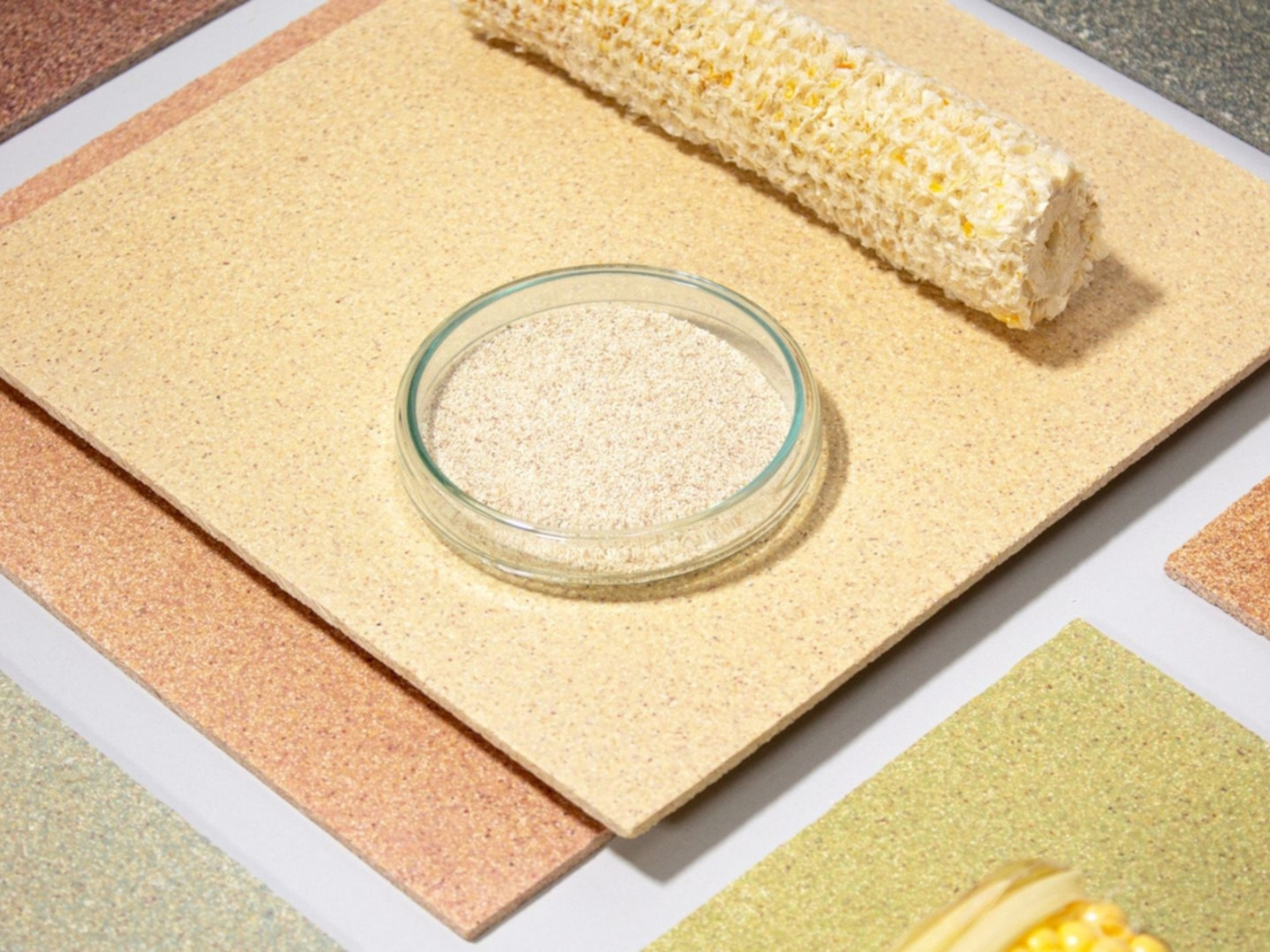
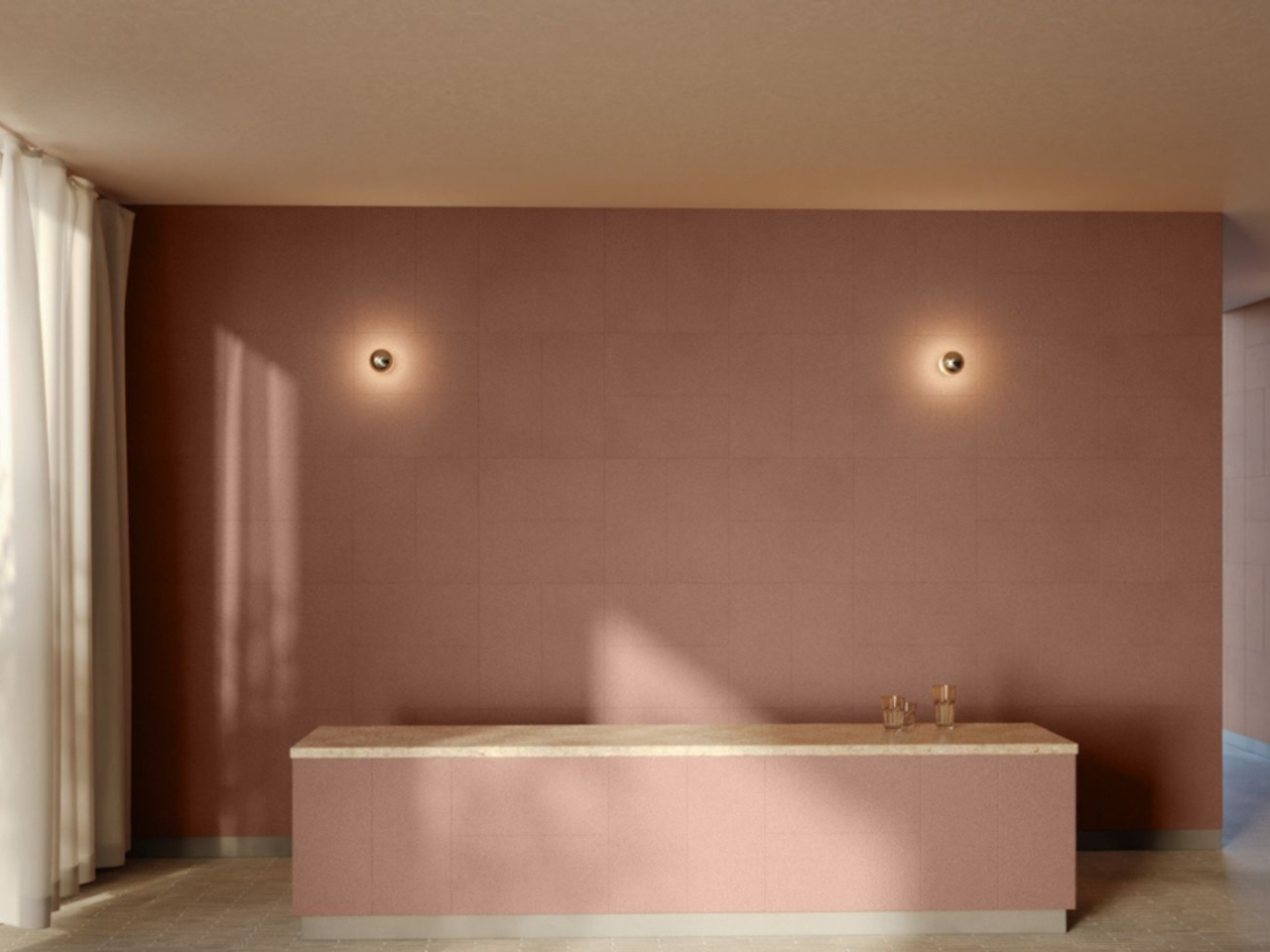
Designer: StoneCycling and Studio Nina van Bart
CornWall is an innovative, eco-friendly wall cladding made from organic corn cobs, heated to 150°C to form strong bonds. This process uses solar energy, reducing carbon footprints. Unlike traditional materials like ceramic or HPL, CornWall absorbs more CO2 and is 100% reusable due to its demountable anchoring system. Available in colors like Dark Blue, Mustard Yellow, and Terracotta Pink, CornWall offers a sustainable alternative that transforms waste into stylish, functional interior design.
6. Beautify with Woven Materials
Woven materials like rattan introduce earthy hues of brown and beige, while their intricate weaves and textures add warmth and enhance the organic feel of a space. They bring a handcrafted aesthetic that fosters a strong connection to nature.


Designers: Ching Cheng Chang and Xu Da Zzan
Rattan, known for its flexibility, durability, and water resistance, is traditionally used in woven baskets and rustic decor. Originating from palm species in Asia, Australia, and Africa, rattan adds warmth and texture to spaces, though it’s rarely seen in modern furniture. The Mua Lau Lounge Chair challenges this norm with its blend of rattan and bent metal piping. It uses rattan for visual appeal and as a cushion replacement, offering a unique springiness and comfort. Named after a Taiwanese treat, the chair combines a crisp outer shell with a plush interior, delivering both style and a surprisingly comfortable seating experience.
7. Add a Green Thumb
The varying shades of green from plants enrich the overall aesthetic, offering a fresh and lively experience that complements earthy tones. Additionally, colorful flowers provide vibrant pops of color, enhancing the space with natural beauty.
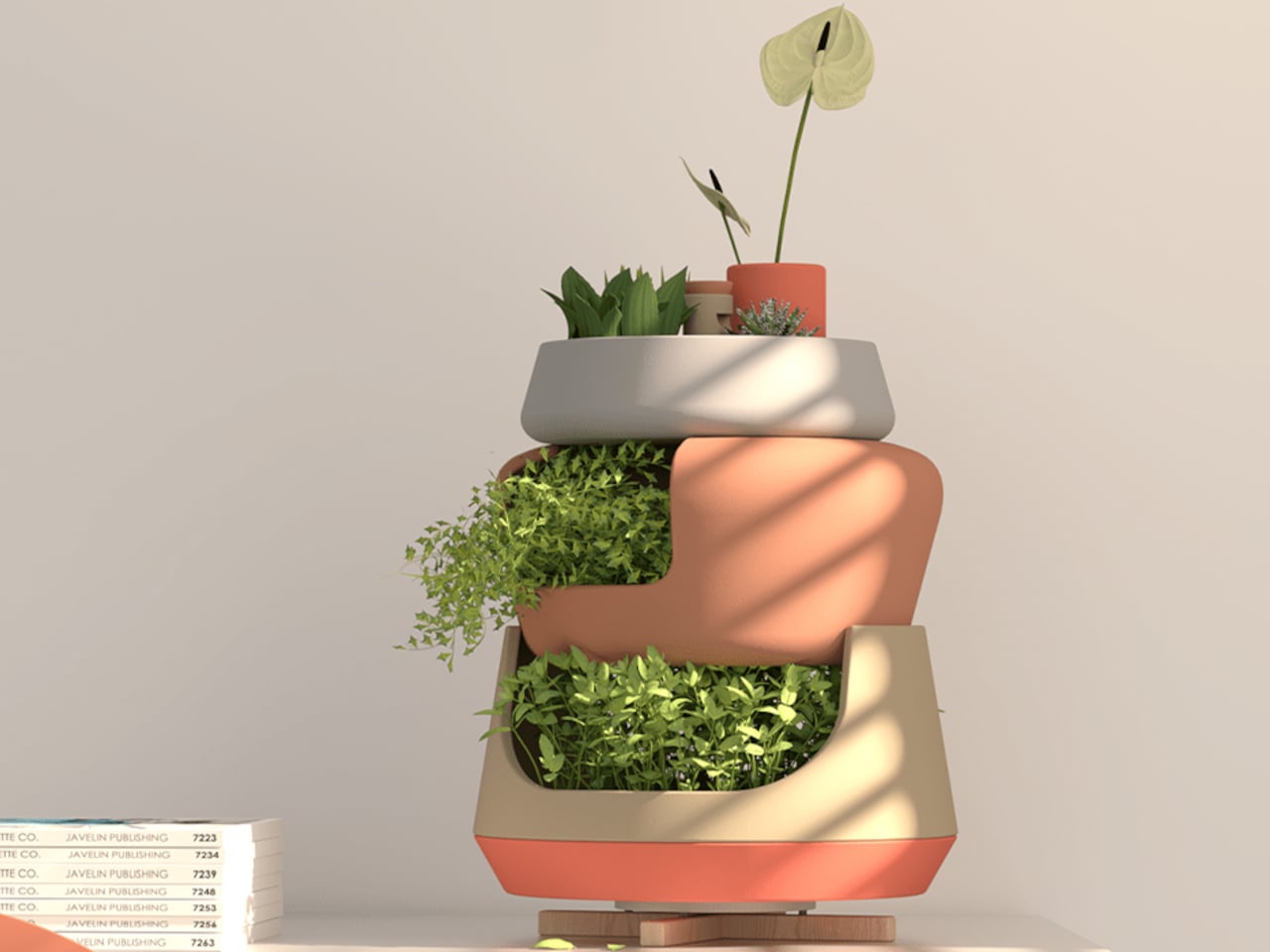
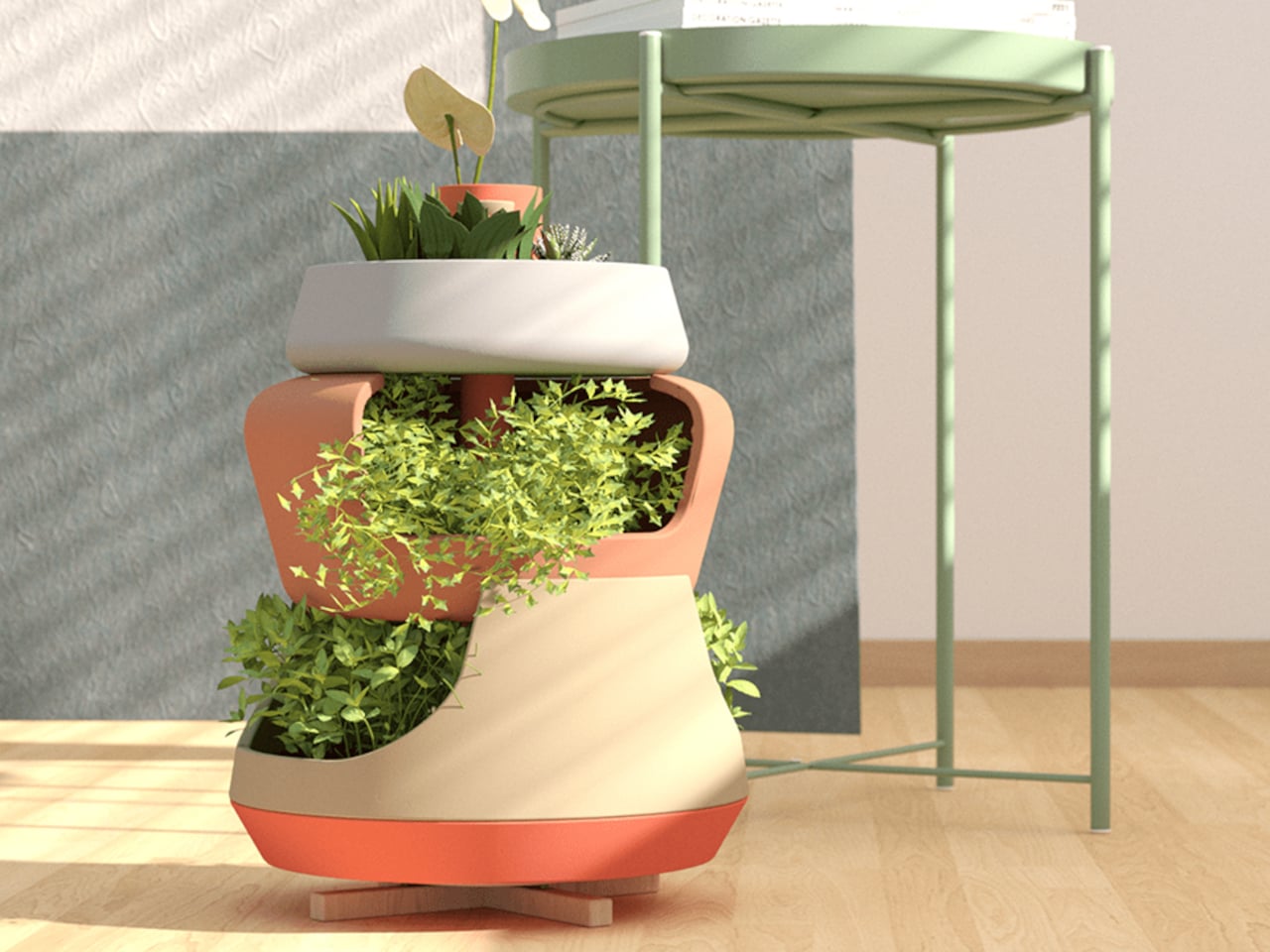
Designer: Camila Saulino and Alibek Atahanov
The ToThem planter is a modular vase system designed for small spaces, featuring a playful and integrated design with distinct, earthy-colored shapes. It organizes and nurtures multiple plants efficiently with a manual irrigation system and a water reuse feature for optimal watering and drainage. Ideal for herbs, succulents, and flowers, ToThem blends functionality with aesthetic appeal, transforming any compact space with its warm, earthy tones.
These tips will help you use earthy tones to evoke warmth, create a comfortable space and establish a connection with the natural world. Studies indicate that such hues are ideal for homes and workspaces, as they minimize stress and enhance focus and concentration.

